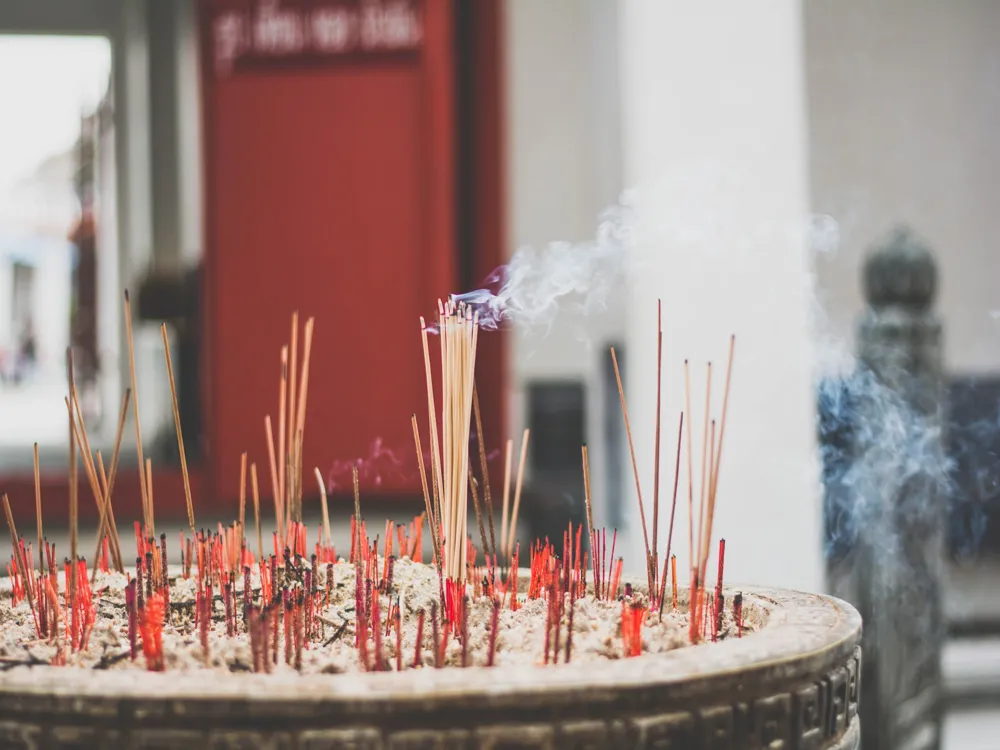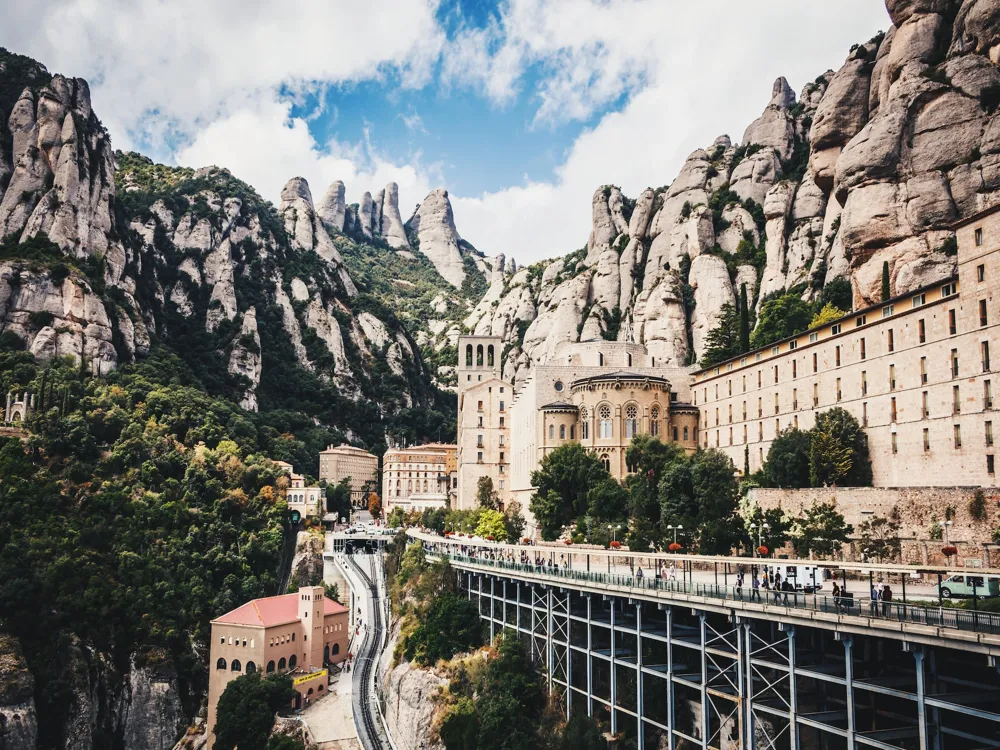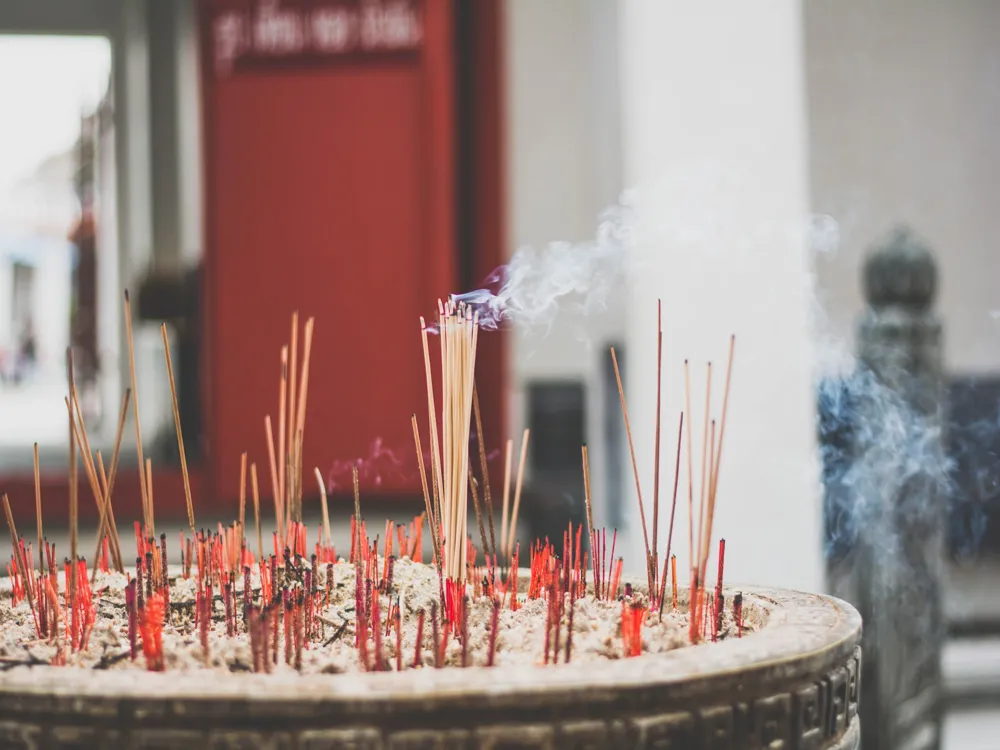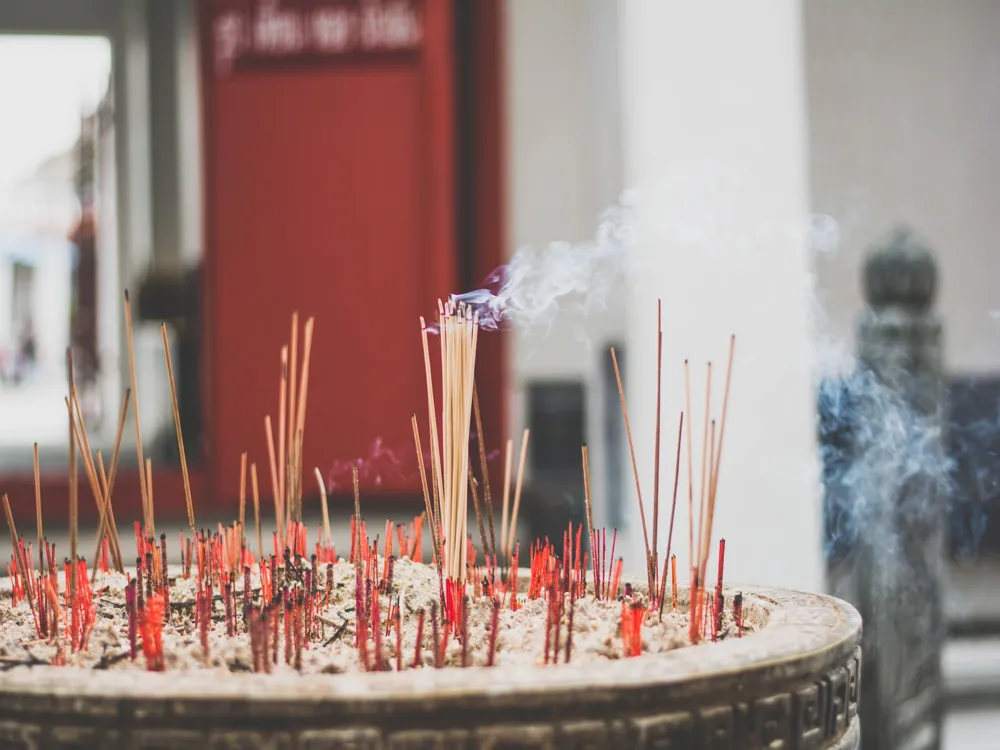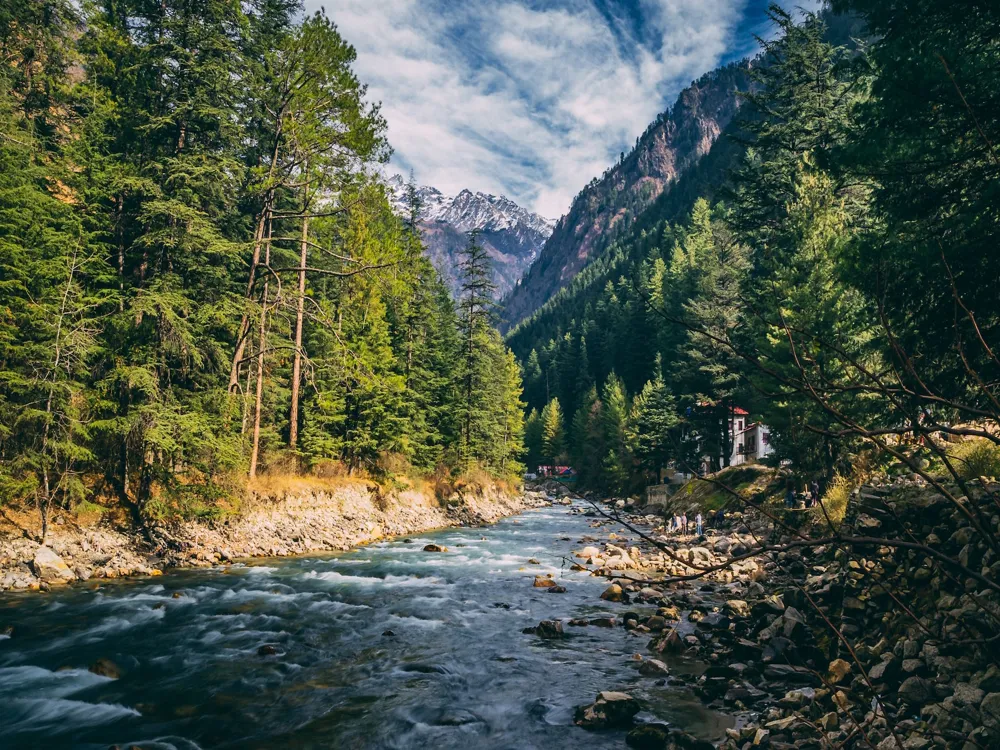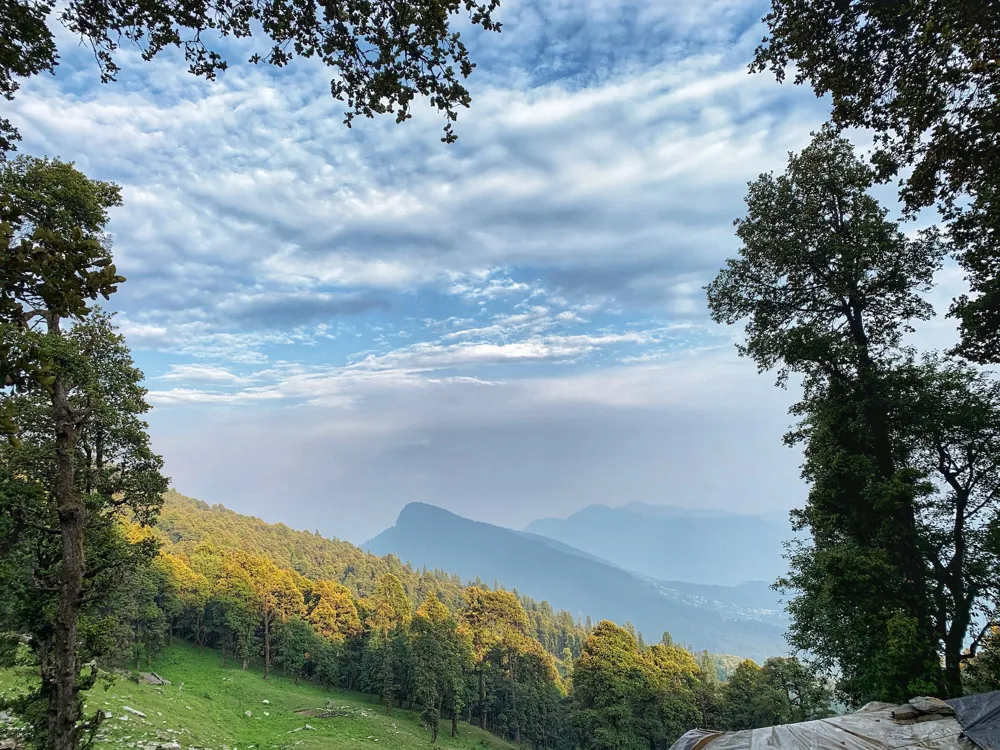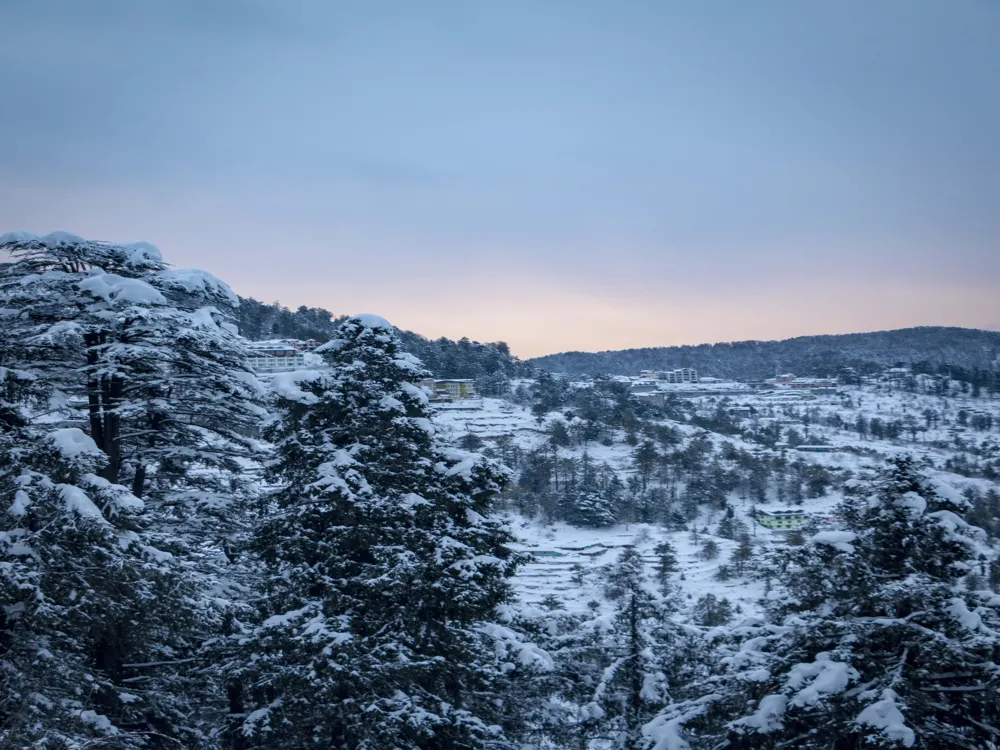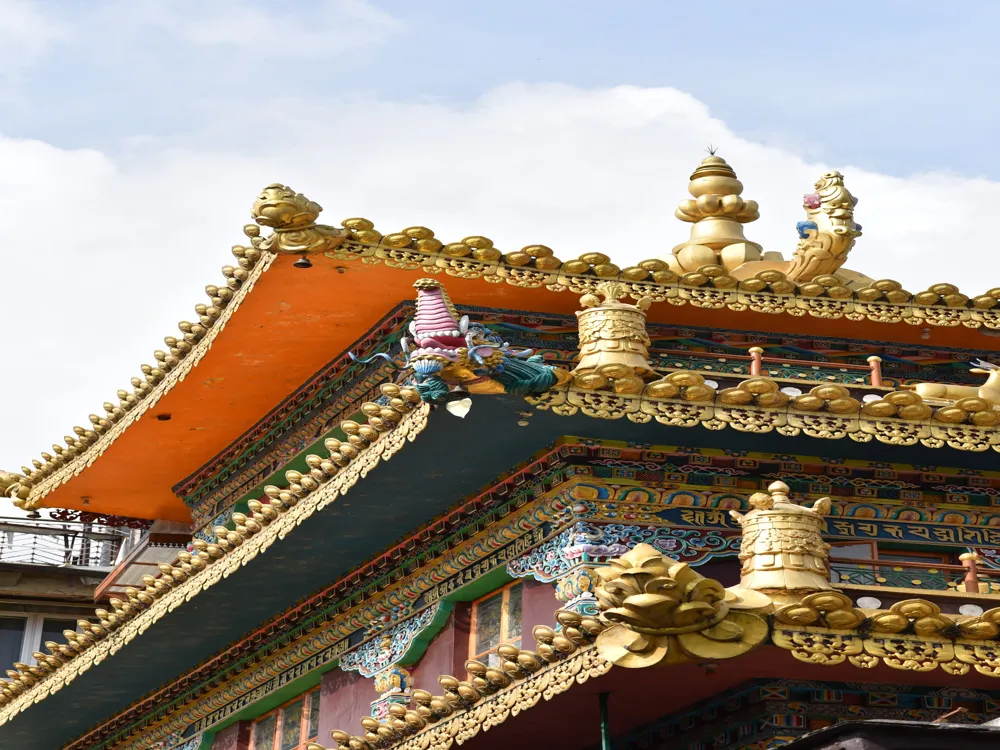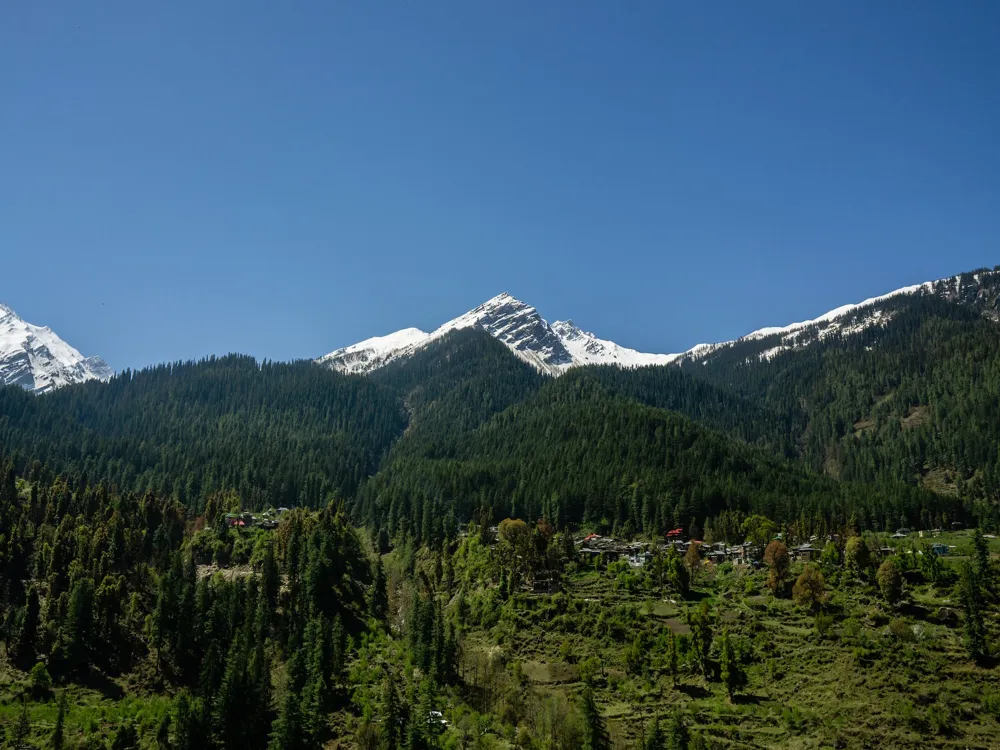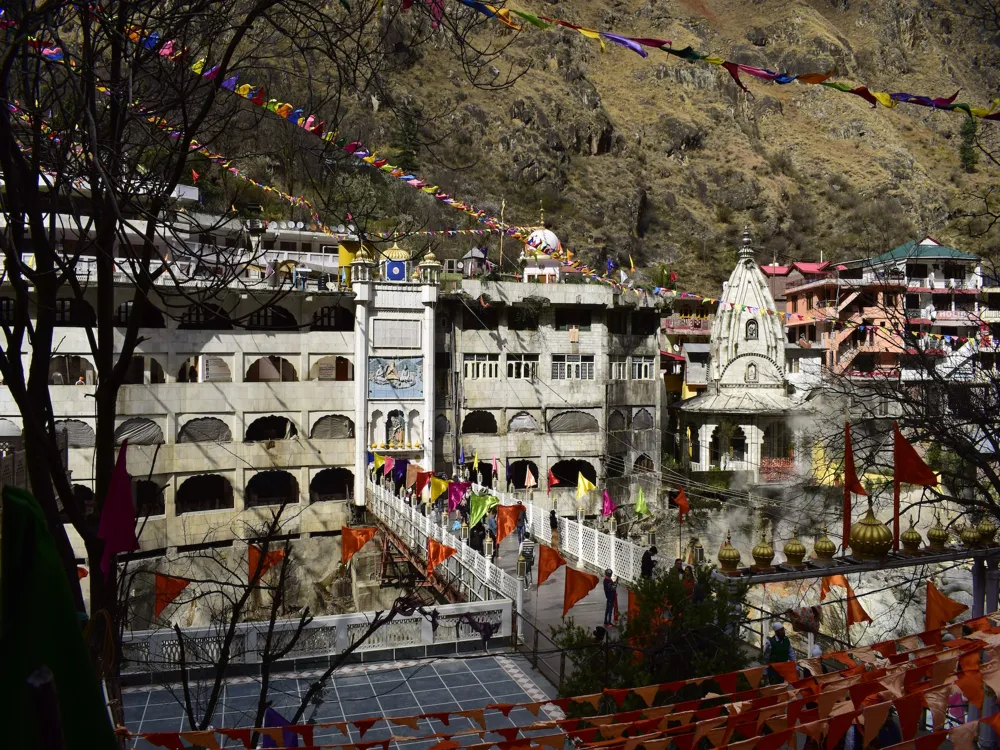Nestled in the serene landscape of Naggar in Himachal Pradesh, the Dagpo Shedrupling Monastery stands as a beacon of Tibetan Buddhist culture and spiritual learning. This monastery, a relatively new addition to the region's spiritual landscape, was inaugurated in 2005 by His Holiness the Dalai Lama. It's not just a place of worship but also a center for cultural preservation and spiritual education, attracting visitors and devotees from around the world. The monastery is situated amidst the breathtaking vistas of the Kullu Valley, offering a tranquil retreat from the bustling city life. Its location in Naggar, an ancient town rich in history and culture, adds to the monastery’s charm. The Dagpo Shedrupling Monastery serves as a vital link in preserving the rich Tibetan heritage and Buddhist teachings, providing a unique opportunity for visitors to immerse themselves in spiritual learning and cultural exploration. The architecture of the monastery is a visual treat, embodying the traditional Tibetan style. The intricate designs, vibrant colors, and detailed artwork reflect the deep philosophical meanings and spiritual symbolism of Tibetan Buddhism. The main temple houses sacred statues and relics, serving as a place for prayer, meditation, and religious ceremonies. The monastery also plays a critical role in the community, organizing various cultural and religious events, thus fostering a sense of unity and spiritual growth among its followers. Moreover, the Dagpo Shedrupling Monastery has become a hub for learning and spiritual practice. It offers various programs and courses in Buddhist philosophy, meditation, and Tibetan language, attracting students and practitioners from across the globe. The serene environment of the monastery, combined with the guidance of learned monks, provides a perfect setting for deep spiritual exploration and inner peace. The Dagpo Shedrupling Monastery is an exemplary representation of traditional Tibetan architecture, a style that has evolved over centuries and is deeply rooted in Buddhist principles and symbolism. The architectural design of the monastery is not just about aesthetic appeal but also serves as a physical manifestation of Buddhist teachings and cosmology. The monastery's structure is characterized by its strikingly vibrant colors, ornate details, and symbolic motifs. The color scheme of the monastery, with predominant hues of red, gold, and blue, is significant in Tibetan culture, representing various aspects of the Buddhist philosophy. Red symbolizes life force and preservation, gold represents purity and enlightenment, while blue signifies the vastness of the sky and the depth of wisdom. One of the most striking features of the monastery is its intricate murals and thangkas (Tibetan scroll paintings), depicting various Buddhist deities, scenes from the life of Buddha, and important events in Tibetan history. These artworks are not only visually stunning but also serve as tools for meditation and teaching, illustrating complex philosophical concepts in a visual form. The main temple of the monastery, the heart of the complex, stands majestically with its multi-layered, sloping roofs adorned with traditional Tibetan motifs. The temple houses sacred statues of Buddha and other revered figures, intricately crafted and adorned with precious stones and metals. The inner sanctum of the temple is a place of profound tranquility and spiritual energy, conducive to meditation and prayer. Furthermore, the layout of the monastery is carefully planned, reflecting the Buddhist vision of the universe. The central courtyard, surrounded by the monks' living quarters and teaching halls, serves as a communal space for ceremonies and gatherings. The alignment of the buildings and the use of space are thoughtfully designed to facilitate the flow of energy and to create a harmonious balance between the natural environment and the built structure. When visiting the Dagpo Shedrupling Monastery, it is crucial to show respect for local customs and traditions. Dress modestly, remove your shoes before entering temple areas, and avoid loud noises or disruptive behavior. It's important to remember that this is a place of worship and spiritual practice. While photography is allowed in some areas of the monastery, it is prohibited in certain sacred spaces. Always ask for permission before taking photographs, especially of the monks or during religious ceremonies. Be mindful of using flash photography as it can be disruptive. Visitors are welcome to participate in meditation sessions and prayers. It's a unique opportunity to experience the spiritual practices of Tibetan Buddhism. Even if you are new to meditation, the serene atmosphere of the monastery provides a perfect environment for introspection and peace. The monastery often organizes cultural events and programs. Participating in these activities can be a great way to learn more about Tibetan culture, Buddhism, and the monastery's history. It’s also a chance to interact with the monks and learn from their wisdom. Consider taking a guided tour of the monastery. Guides can provide deeper insights into the architecture, art, and religious significance of the monastery. This can greatly enhance your understanding and appreciation of the monastery's spiritual and cultural heritage. Reaching the Dagpo Shedrupling Monastery in Naggar, Himachal Pradesh, is a journey through some of the most scenic landscapes of Northern India. The nearest airport is the Kullu-Manali Airport at Bhuntar, approximately 32 kilometers from Naggar. Regular flights connect Bhuntar with major cities like Delhi and Chandigarh. From the airport, taxis and local buses are available to reach Naggar. For those preferring to travel by road, Naggar is well-connected with major cities and towns in Himachal Pradesh and neighboring states. Regular bus services, both state-run and private, operate to Naggar from Delhi, Chandigarh, Manali, and other major cities. The journey by road offers mesmerizing views of the Himalayan landscape. For train travelers, the nearest railway station is at Joginder Nagar, about 125 kilometers from Naggar. From the railway station, one can hire taxis or take local buses to reach the monastery. The journey by train is an experience in itself, passing through the picturesque valleys and mountains of the region. Once in Naggar, the Dagpo Shedrupling Monastery is easily accessible. It’s located just a few kilometers from the Naggar Castle, a popular landmark in the town. Visitors can either walk to the monastery, enjoying the scenic beauty of the town, or take local taxis for convenience. Read More:Overview of Dagpo Shedrupling Monastery, Naggar, Himachal Pradesh
Architecture of Dagpo Shedrupling Monastery
Tips When Visiting Dagpo Shedrupling Monastery
Respect Local Customs and Traditions
Photography Guidelines
Engage in Meditation and Prayer
Participate in Cultural Programs
Guided Tours
How To Reach Dagpo Shedrupling Monastery
Dagpo Shedrupling Monastery
Naggar
Himachal Pradesh
₹ 5,000 onwards
View naggar Packages
Naggar Travel Packages
View All Packages For Naggar
Top Hotel Collections for Naggar

Private Pool

Luxury Hotels

5-Star Hotels

Pet Friendly
Top Hotels Near Naggar
Other Top Ranking Places In Naggar
View All Places To Visit In naggar
View naggar Packages
Naggar Travel Packages
View All Packages For Naggar
Top Hotel Collections for Naggar

Private Pool

Luxury Hotels

5-Star Hotels

Pet Friendly







